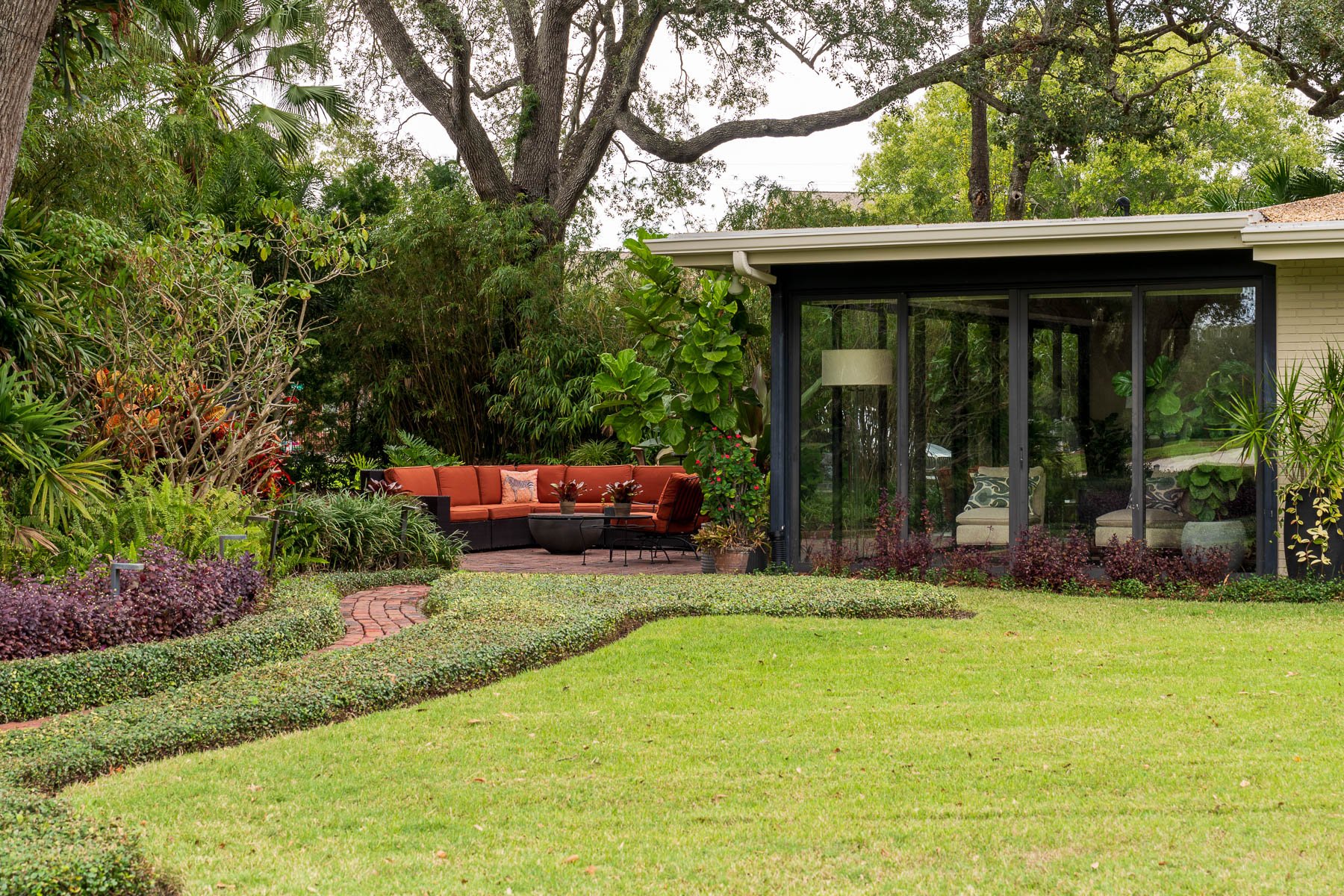
The Best Native Plants for Your Tampa Bay Landscape
 Michael Tomaino
Michael Tomaino
While not without its challenges, Florida’s climate is suitable for a massive variety of plant life. From the wetlands to the scrub forests to the HOA communities in the Tampa Bay area, the sheer volume of unique plants is mind-boggling, leaving many property managers spoiled for choice when designing their landscapes.
One of the most common dilemmas HOA property managers and board members face when selecting the plants for their Tampa-area landscapes is the role that Florida native plants should play in their design. Opting for native plants in landscaping is a trendy topic these days, and determining how to implement them in your HOA landscape is no small task.
Thankfully, your local landscaping professionals should be able to give you an unbiased look at the benefits of Tampa native plants, which ones you should consider, and how they might fit your landscape.
Native Plants in Landscaping - Everything You Should Know
Before you go all-in on Florida native plants, it’s important to do a touch of research and understand the advantages and disadvantages that accompany them, the differences in how to maintain them, the role they play in the ecosystem, and more. It is also essential to keep your circumstances and objectives in mind. As HOA board members or property managers, your considerations are unique and guided by the good of your community.
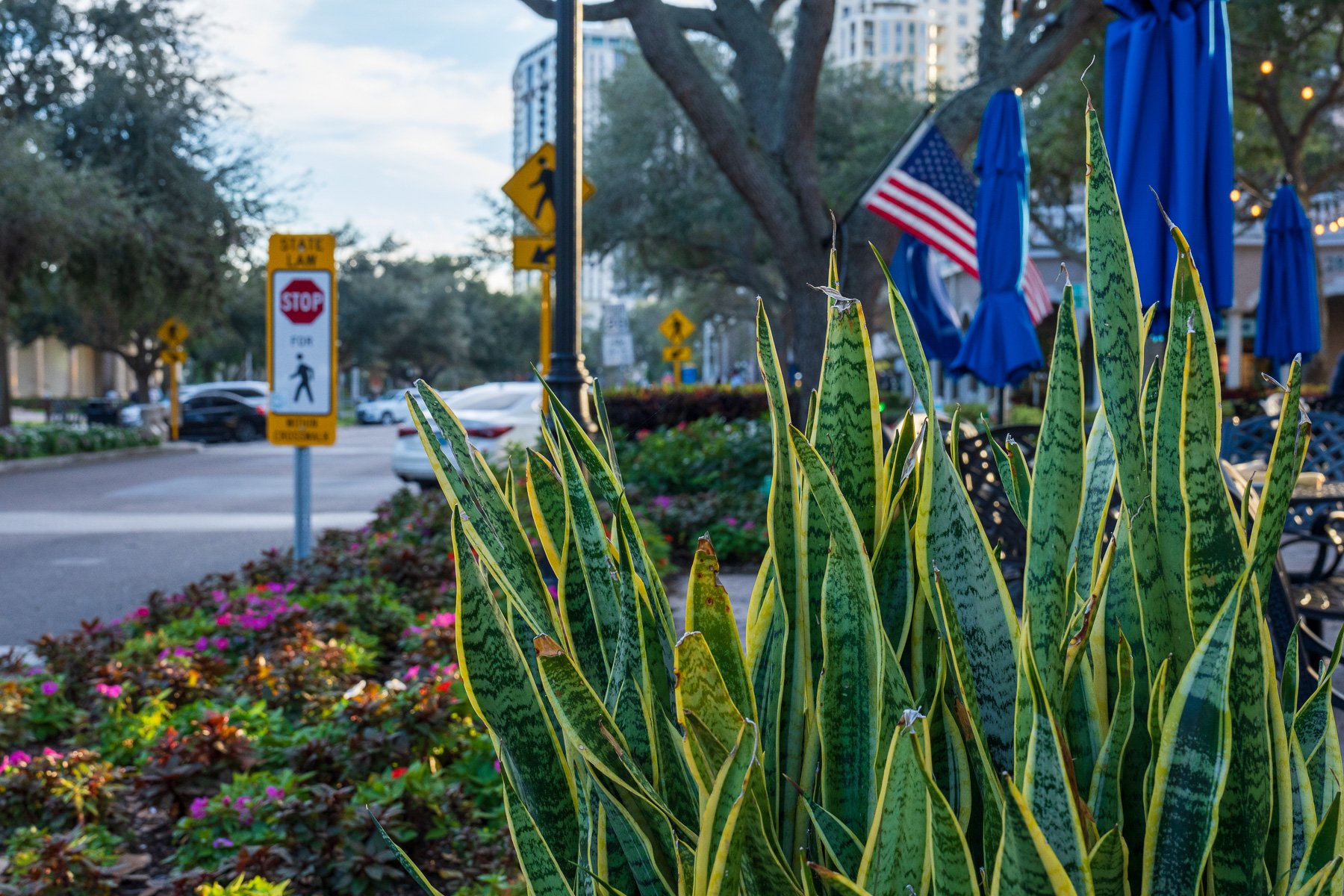
The Benefits of Native Plants
One of the primary pushes toward the implementation of native plants in landscaping is that–you guessed it–they’re native to the region. People draw all sorts of conclusions about this, including everything from native plants being climate-friendly to non-native plants being disruptive to the natural environment. While there is something to glean from this conversation, the benefits of native plants extend beyond it.
Florida native plants tend to be low maintenance once they are established in a landscape. Because they are endemic to the Tampa Bay, Clearwater, and St. Petersburg areas, most thrive in the climate and soil that is common in the region. In fact, many native options tend to be among the most drought-resistant plants in Tampa. This translates to easier maintenance, reduced water needs, and enhanced hardiness, ultimately saving you time and money.
Plants of the native variety also play a key role in the local ecosystem. They provide habitats for area wildlife, including birds, reptiles, and small mammals. Additionally, they attract a variety of insects, such as butterflies and bees, that are not only beautiful but also vital to the success of the ecosystem. These native pollinators help keep plants alive and the landscape vibrant. Even the fruits, nuts, and seeds produced by Tampa native plants are important, as they act as staples in the diets of local wildlife.
For those who wish to embrace sustainable landscaping for HOAs, these inherent benefits of native plants cannot be overstated. A landscape should be beautiful, especially one designed for HOA communities, and native plants contribute to the year-round beauty that Florida is known for. They are hardy and resilient and generally consume minimal amounts of water, making them a sustainable (and affordable) option. Finally, they are a vital piece in the local ecosystem puzzle, making them compelling to those who want to see biodiversity in their area thrive.
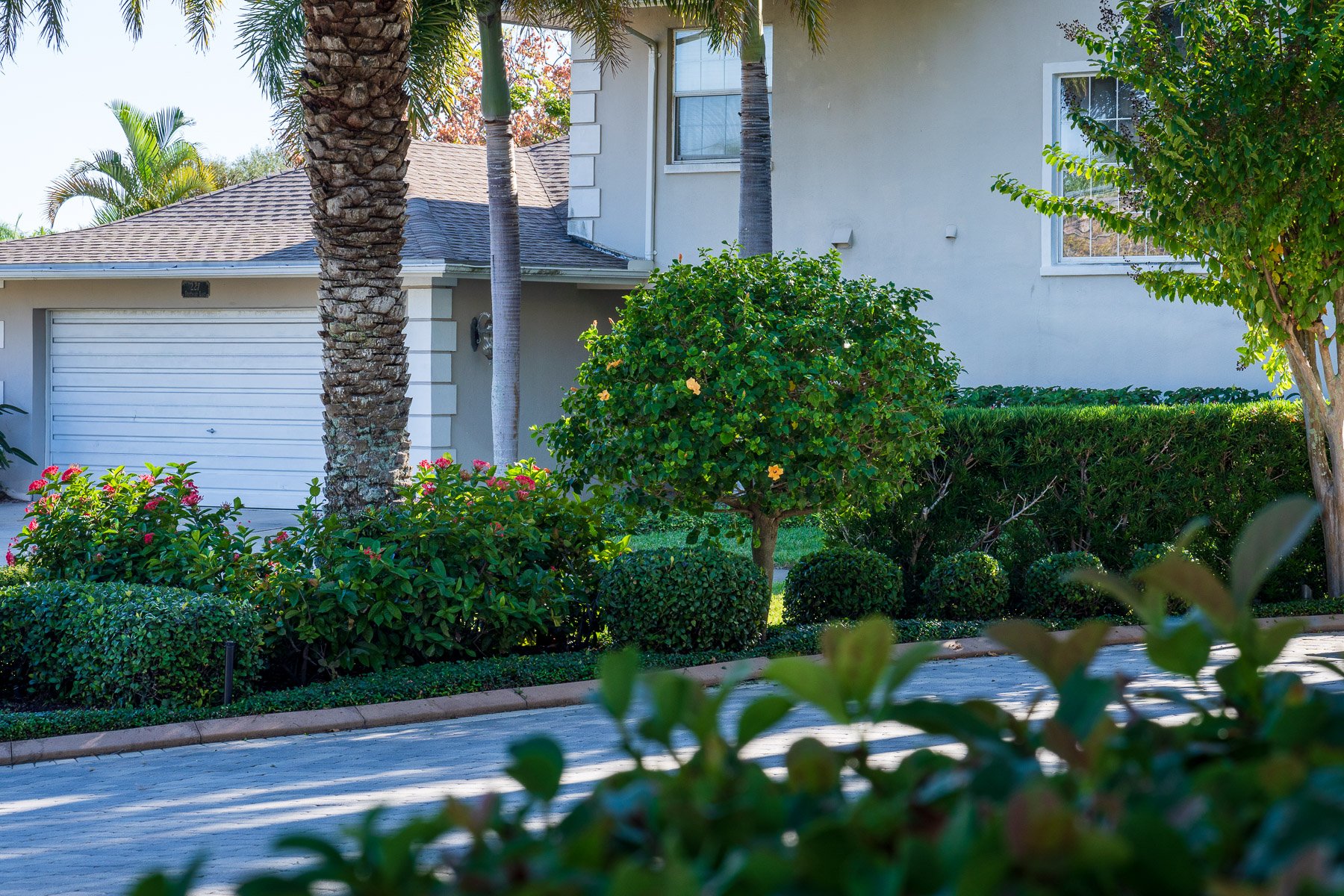
How to Landscape with Tampa Native Plants
The idea of native plants is appealing, but how can they be seamlessly integrated into an HOA landscape? After all, life is not lived in concept but in reality.
The good news is that even the most regulated of landscapes can benefit from the inclusion of native plants, and there are numerous ways to approach doing just that. While it is best to consult your local landscaper to discuss the best ways to add native plants to your specific landscape, here are a few proven methods to get you started.
- Naturalize open areas by allowing native plants to grow freely. If your HOA community has large green spaces, such as meadows or forests, introduce native plants and grant them the opportunity to spread. This not only gives the property an appealing natural appearance but also gives local wildlife a chance to thrive.
- Use Florida native plants to replace invasive species. While this may take work, it helps create more beautiful, sustainable landscaping for HOAs. It is beneficial to your community and to the environment.
- Get creative by implementing native plants into flower beds, butterfly gardens, and more. You can either stick with Tampa native plants or blend native and non-native species to achieve a particular aesthetic.
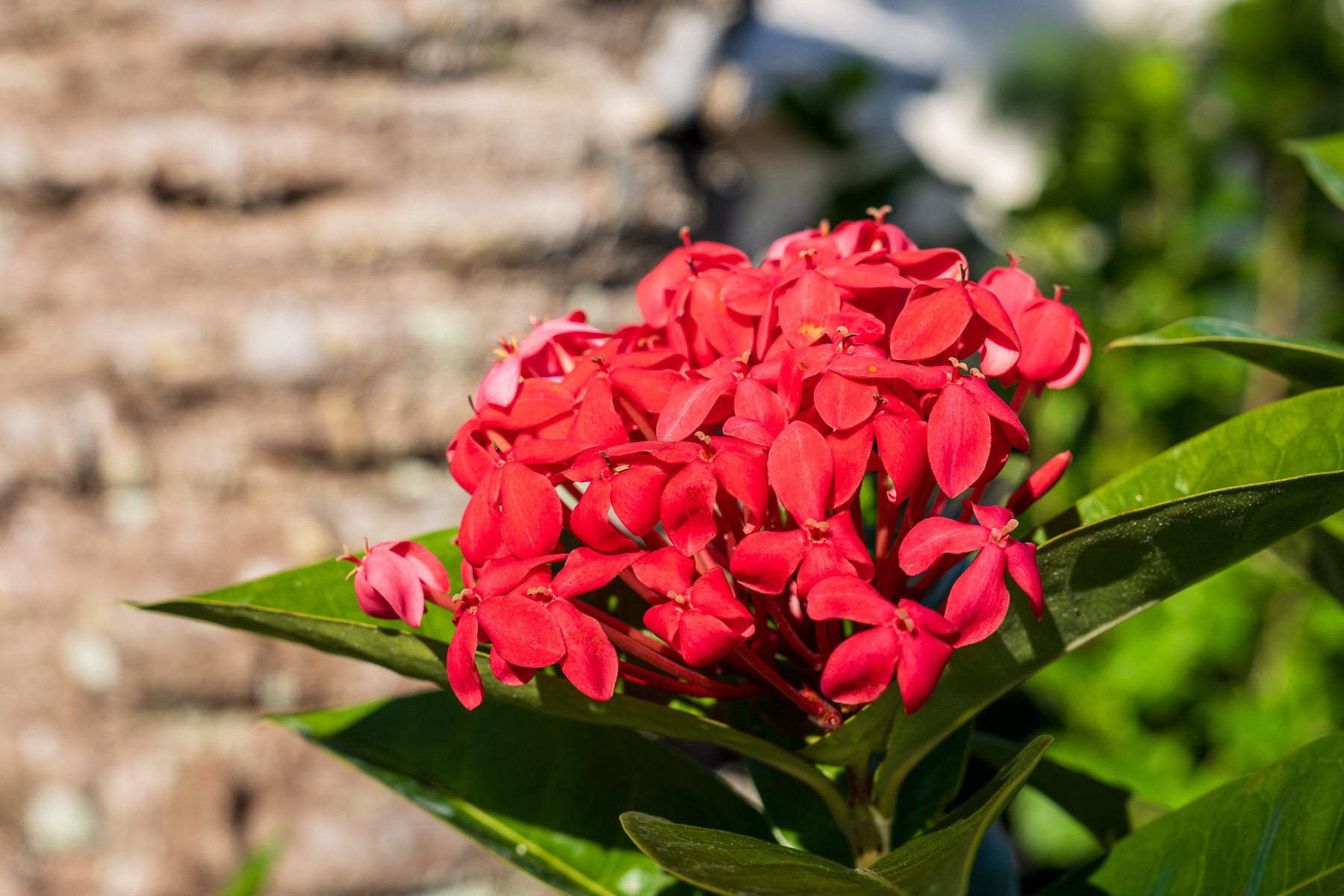
The Best Native Plants for Your Tampa Bay Landscape
With the benefits of native plants in mind and the possibilities of how you can implement them into your HOA landscape surely swirling through your head, let’s get to the good stuff–the best Florida native plants. Keep in mind that “best” is subjective, and it is impossible to list all of the wonderful plants that are native to Florida here, so be sure to consult with your professional Tampa Bay landscape company for more options.
- Sabal Palm. Florida and palm trees go together. There are few duos more iconic than a pristine Florida landscape and a towering sabal palm, its fronds swaying in the afternoon breeze. These beautiful palm trees are native to the Tampa Bay area, allowing them to excel in sandy soil, high winds, and salty environments.
- Sea Grape. Loved by local wildlife, including songbirds and lizards, sea grape is as beautiful as it is native. It is one of the most drought-resistant plants in Tampa, allowing it to endure Florida’s dry seasons. It is also salt and wind-tolerant, making it an exceptionally durable plant to introduce to your HOA landscape.
- Sea-oxeye Daisy. If flowers are what you’re after, the sea-oxeye daisy is a must-have Florida native plant. It can be incorporated into gardens, used as ground cover, or integrated into flower beds. It attracts butterflies and bees with its gorgeous yellow flowers, all while demanding very little water and boasting a strong salt tolerance.
- Bald Cypress. As hardy as they are gorgeous, bald cypress trees can endure high winds, periods of drought, and even extended times of flood. Its fern-like leaves are a vibrant green in the warm months and an unmistakable burnt orange when the seasons change. Local wildlife loves the bald cypress’ seed-bearing cones.
- Seaside Goldenrod. Another yellow-flowered Tampa native plant, seaside goldenrod, is a perennial that lives its best life in coastal areas. It attracts pollinators of all kinds, including monarch butterflies. While it does require regular watering, it is resistant to wind and salt.
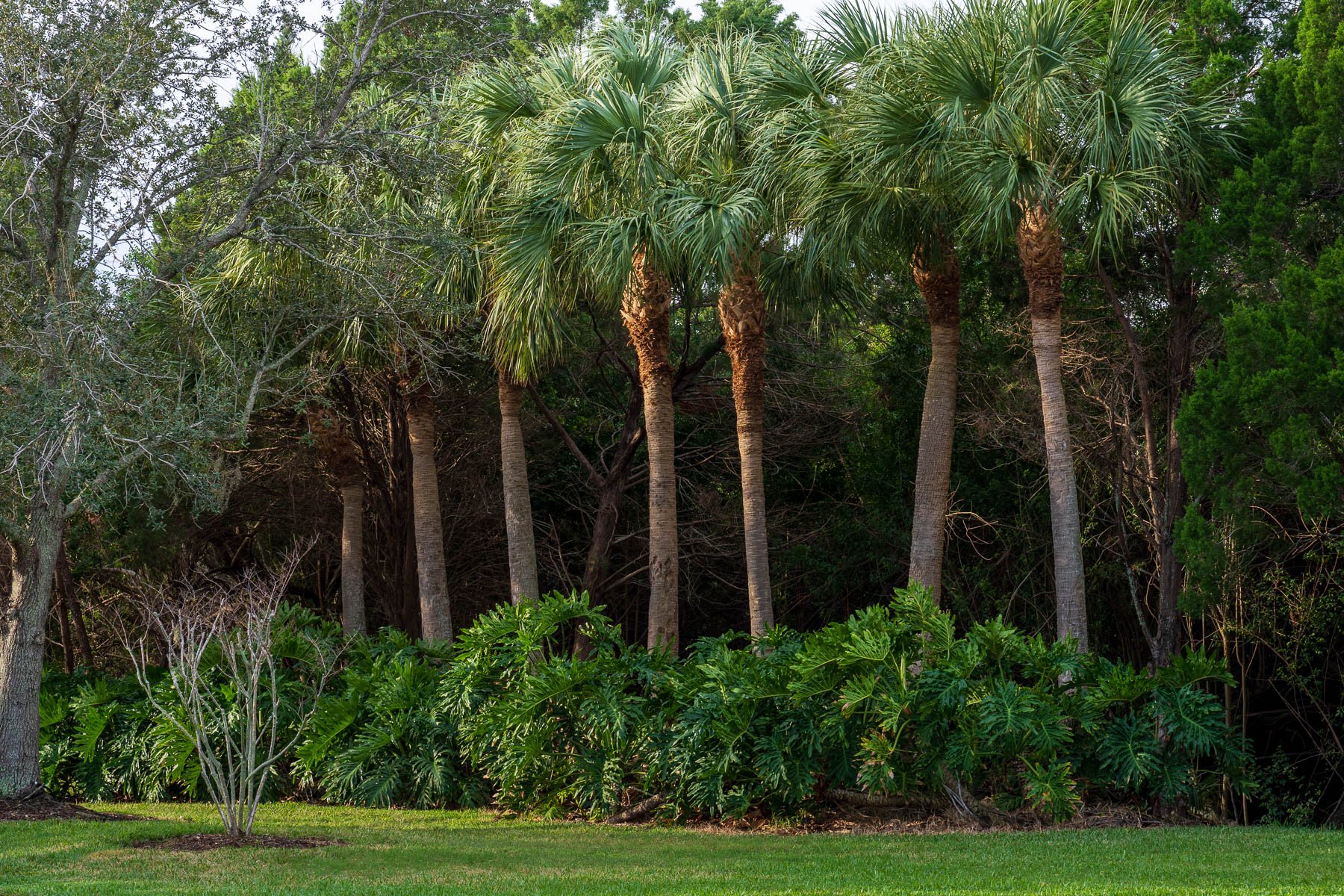
Work With a Local Expert
To get the full scoop on Florida native plants and sustainable landscaping for HOAs, you’ll want to work with a local expert who has the knowledge and experience to guide you. Landcrafters has been helping properties in the Tampa Bay, Clearwater, and St. Petersburg areas reach their full potential for over 20 years. In that time, it has earned a reputation for stellar service and thorough knowledge of local landscaping.
If you’d like to talk to an expert about your HOA property, reach out to the Landcrafters team today.

Michael Tomaino
Head Gardener for Landcrafters, Inc. Michael Tomaino, a cornerstone of Landcrafters since its inception, oversees all aspects of business operations with a wealth of experience. With years of adept team management and leadership under his belt, coupled with a robust educational background, both within and beyond the industry, Michael is dedicated to steering Landcrafters towards becoming the foremost landscape management provider in the Tampa Bay Area.

